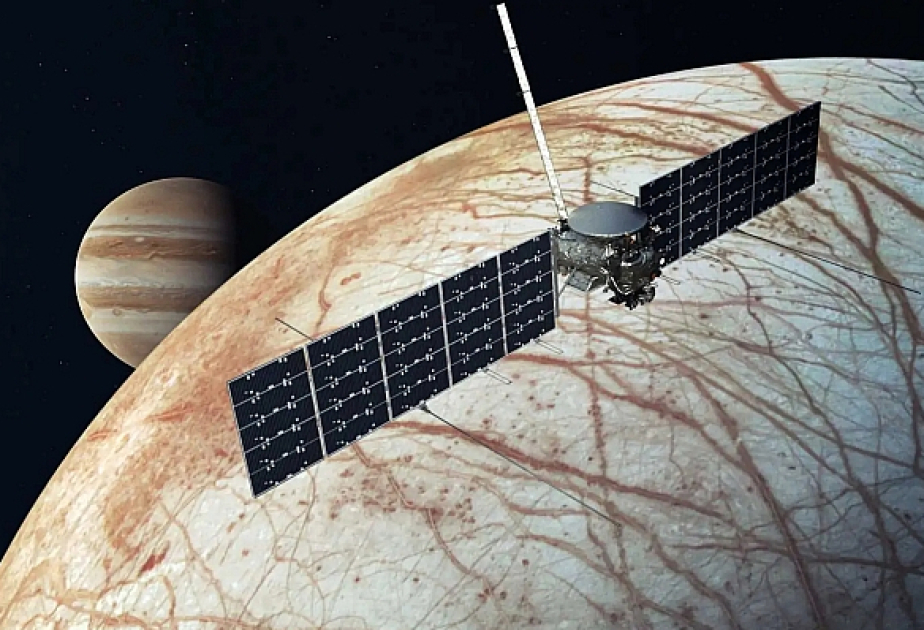Europa, one of the four large moons of Jupiter first seen by Galileo 414 years ago, may have a deep, salty, global ocean hidden beneath a thick crust of ice. Where there is water, there might be life. In an ambitious $5 billion mission decades in the making, NASA is poised to send a jumbo robotic probe called the Europa Clipper to see if the icy moon has the key characteristics of a habitable world, Washingtonpost reported.
“This is a huge deal,” said Robert Pappalardo, the project scientist for the Europa Clipper at NASA’s Jet Propulsion Laboratory in Pasadena, Calif.
NASA officials had hoped to launch the spacecraft Thursday on a SpaceX Falcon Heavy rocket from Florida’s Kennedy Space Center. But Hurricane Milton — the eye of which passed directly over Cape Canaveral — put everything on hold. As of Friday, the launch window was set to open again Sunday and extends to Nov. 6.
Life beyond Earth is among the greatest unknowns in science. Finding the first confirmed example of alien life has been a goal of NASA for decades. The scientific community has narrowed its focus to a few enticing targets, and at or very near the top of the list is this strange moon that looks like nothing else in the solar system.
The Europa Clipper, weighing 13,000 pounds fully fueled at launch, is the largest space probe NASA has ever built. It will deploy a solar array more than 100 feet across, a requirement for a mission that will fly so far from the sun.
This is not, as NASA is quick to emphasize, a life-detection mission. Instead the agency has set a more modest goal of discerning whether Europa has the right environmental conditions for life — whether it’s habitable. That doesn’t mean inhabited by any alien creatures, only that it looks like the kind of place life might find a toehold.
If the habitability answer is a resounding yes, scientists across the planet would likely lobby for a more ambitious mission to orbit Europa or land a spacecraft on the moon’s surface.
Scientists have been mulling the possibility of a subsurface ocean on Europa since the Voyager probes sent back images in the 1970s revealing that the moon’s icy surface is covered in cracks. Subsequent probes produced images of features that resemble icebergs.
Europa is also locked into a stable orbit of Jupiter that leads scientists to suspect that a Europan ocean could be billions of years old — intriguing both scientists and sci-fi writers. Arthur C. Clarke fictionalized an ocean on Europa in his 1982 novel “2010: Odyssey Two” and two sequels. He described a bizarre alien life form — “like huge strands of wet seaweed” — emerging through an ice crack and destroying a spaceship.
“One of the big objectives we’d like to accomplish with this mission is to absolutely prove that the ocean exists today,” said Geoff Collins, a geologist at Wheaton College in Massachusetts who is on the camera team for the Europa Clipper.

















